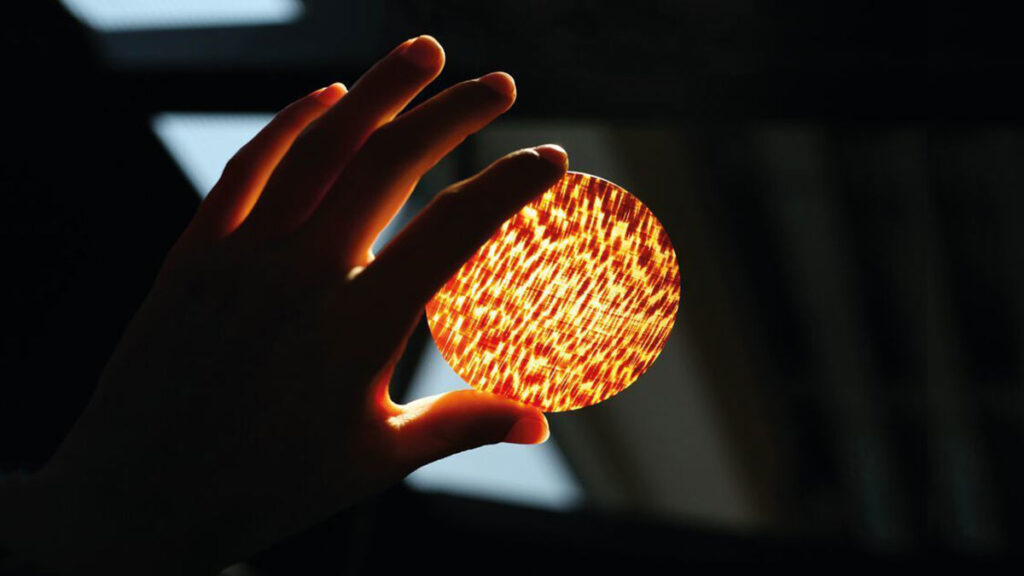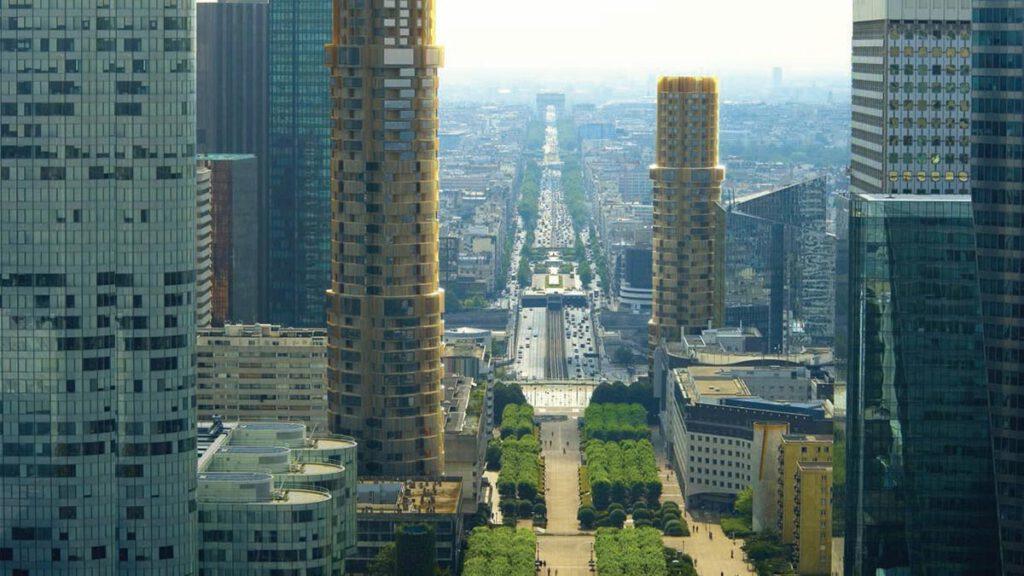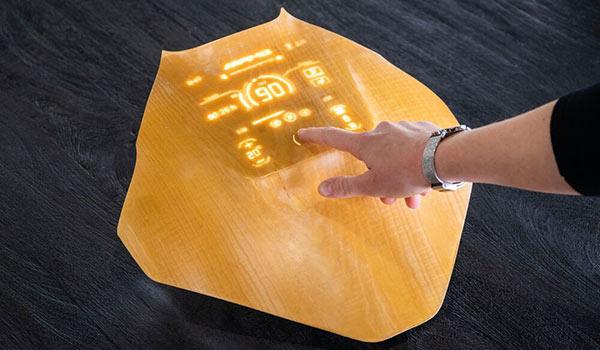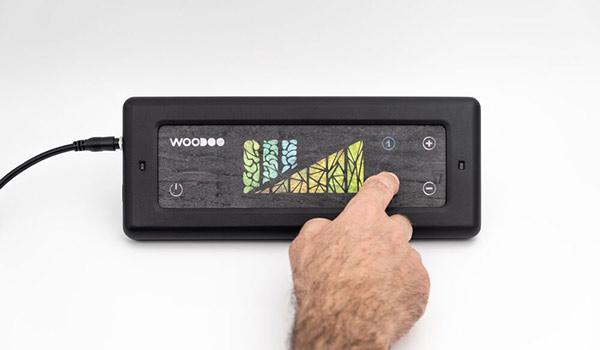Wood with superpowers
Architect and biologist Timothée Boitouzet has used nanotechnology to give wood an upgrade. The new material “Woodoo” is translucent, fire-resistant, weatherproof and up to five times stronger than normal wood.
After finishing his degree in architecture, it was clear to Timothée Boitouzet that today’s building materials cannot lead us into the future. Concrete and steel, for example, are responsible for a large proportion of worldwide carbon emissions. If we continue with the same methods, then the climate turnaround will prove impossible. The young Frenchman decided to take matters into his own hands. He studied for a master’s degree in material science at Harvard and began to develop a new building material. The result is called “Woodoo Augmented Wood”. This bio-based material is designed for building the cities of the future.
A patented process
It was easy for Boitouzet to calculate that a renewable building material will be needed to achieve such a turnaround. A forecast by the United Nations estimates that in less than 10 years three billion people will be looking for somewhere to live. This huge construction volume will be inconsistent with climate goals if the building industry continues as before. Boitouzet is convinced: “If the 19th was the century of steel, the 20th the century of concrete, then the 21st century is the era of wood in the building industry and construction technologies.”
At the deep-tech startup Woodoo founded in 2016, Boitouzet has developed a nanotechnological process that lends wood new characteristics as a building material. “Wood is between 60% and 90% air,” the company founder explains. The lignins in the wood cell walls are responsible for creating rigidity. His patented process removes this biomolecule from the wood together with the air, and replaces it with a biobased polymer.
Up to five times stronger than wood
This retains the structure and grain of the wood, but the result is an entirely new material with its own characteristics. The most obvious of these is its translucency. Describing his product, the architect remarks that it is similar to looking through ice. It is also fire-resident, waterproof and three to five times stronger than the original material.
If the 19th was the century of steel, the 20th the century of concrete, then the 21st century is the era of wood in the building industry and construction technologies.
Timothée Boitouzet, architect and biologist
In other words, it is wood with superpowers. Boitouzet wants to use this new building material for the carbon-neutral cities of tomorrow. The architect is convinced that high-rises with up to 36 storeys can be built with the augmented wood. It may be some time before that happens, though. The Woodoo CEO is initially planning to launch his products on the market through the automobile industry. “Our first products will be dashboards and smart wood panelling. Like a touch-sensitive dashboard that becomes interactive.”
Decarbonization in their sights
Low-grade trees such as poplars, aspens and firs are used to manufacture his products. Boitouzet hopes this will reduce the demand for fine woods, which grow more slowly. It is a plan that certainly makes sense due to the huge increase in the price of wood. In line with closed-loop principles where no waste is generated, Woodoo is also working on turning the extracted lignins into biofuel.
The eco-material developer has a mission that is no less ambitious: “We strive to change the world by enabling its transition to sustainable solutions, to win the fight for decarbonation and against climate change.”
As a result of his invention, in 2016 Boitouzet was named among the “Innovators under 35” by the MIT Technology Review and also a “Global Shaper” by the World Economic Forum.
Text: Gertraud Gerst
Translation: Rosemary Bridger-Lippe
Images: Woodoo




